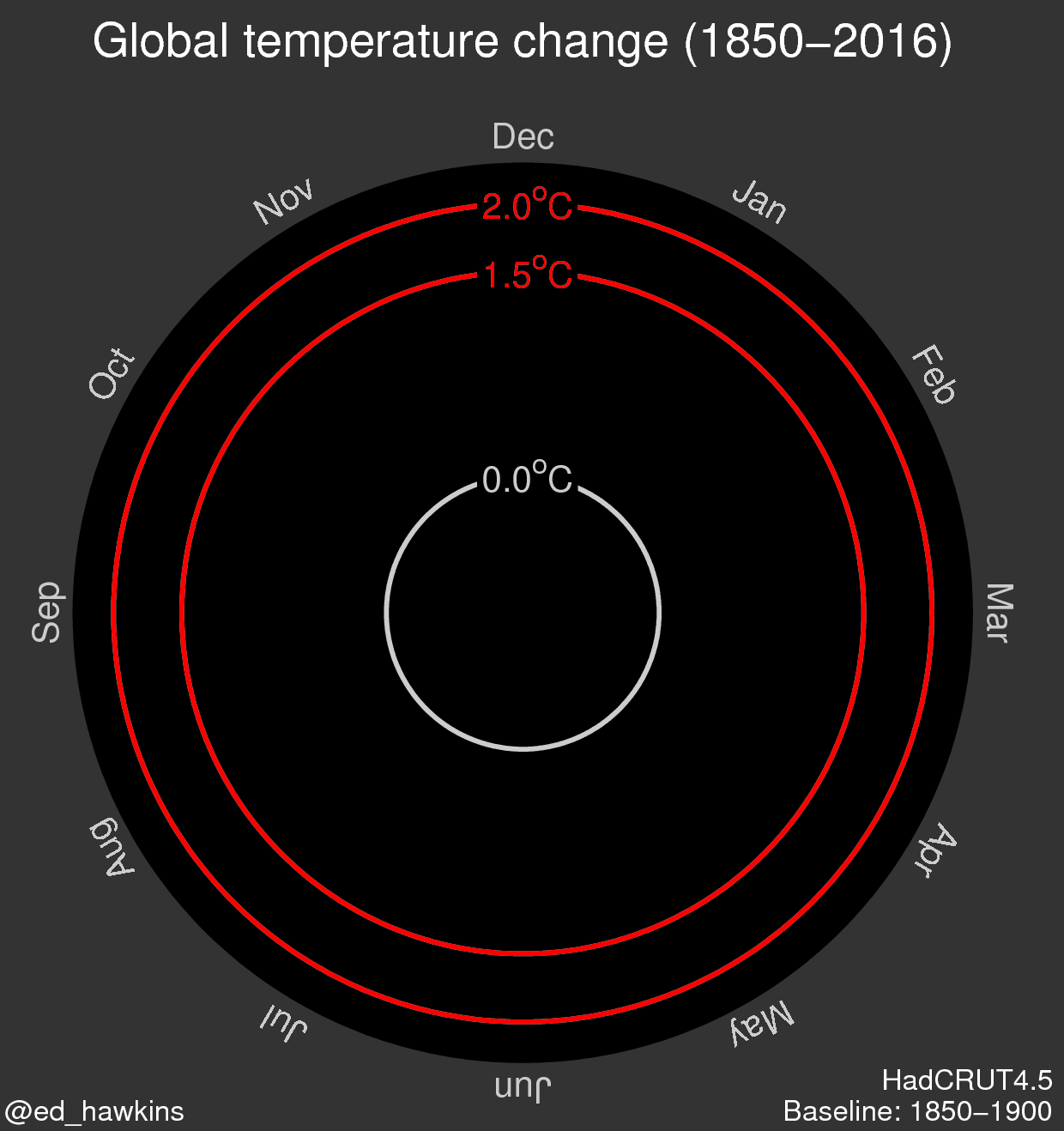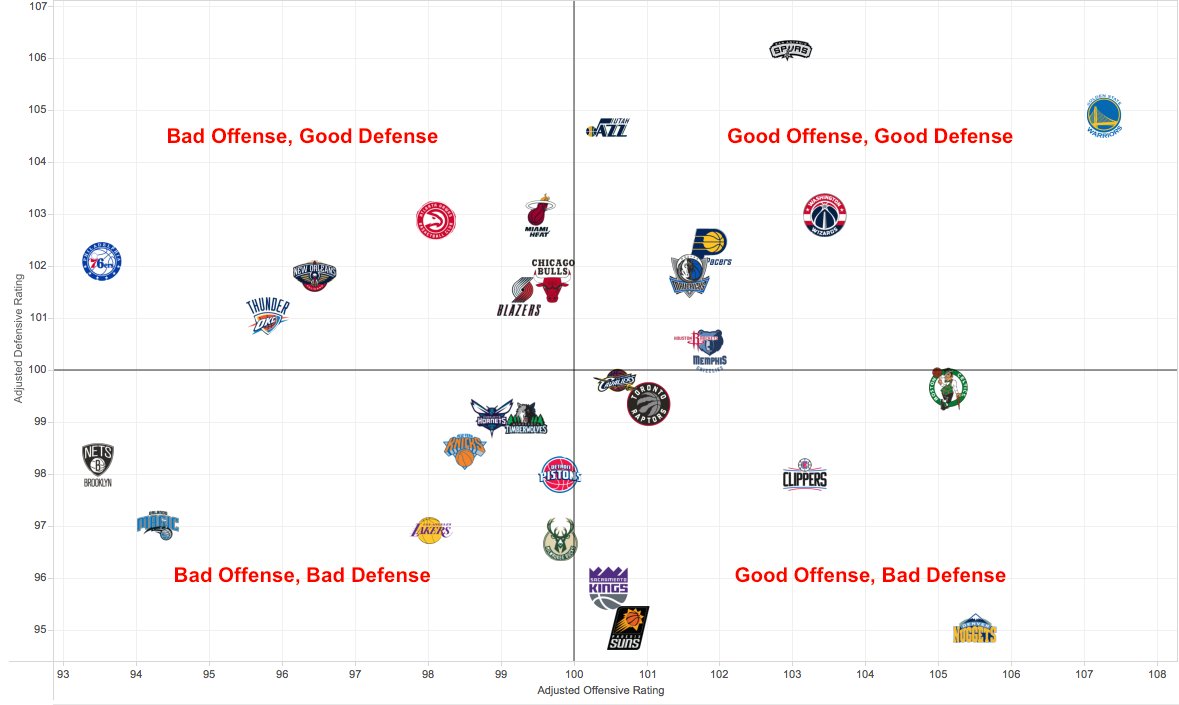What makes data presentations really powerful, is when users are not only passive consumers. I recently found a striking example for that. It´s a New York Times article called “You Draw It: What Got Better or Worse During Obama’s Presidency”. It shows how indicators of key policy issues developed during the Obama years: e.g. national debt, unemployment rate, number of crimes or troops abroad.
Readers are shown the data for the Bush years (2000-2008). They then can get active and draw what they think might be the line for Obama´s time in office (2008-2016).

In a second step, you are presented with the actual data (blue line) and some additional explanations.

I think this presentation is made for a broad general audience, for readers that are willing to test their own perception against the actual facts. Or as the NYT puts it: “See if you’re as smart as you think you are.”
This piece was published after the November election and before the inauguration of Donald Trump. I see two main goals the authors tried to achieve: first of all, it helps readers assess the performance of the Obama administration on the basis of hard facts. Secondly, it confronts readers with their own potential misjudgments.
Was it effective? I personally was very much attracted by this playful and interactive approach towards stats. I am not sure whether I would have read an article on that topic with just static charts.








 reparation for Super Bowl LI, I was researching the game to understand the dominance of this sporting event and subsequently stumbled across this infographic produced by WalletHub. The infographic is subdivided into multiple sections; Super Bowl LI, Game Day Notes, Media Extravaganza, Ticket Prices, Super Bowl Ads, Pigging Out at Pigskin Parties, Big-Game Betting, and Super Bowl Economics. Below each section is 3-8 different statistics overlaid on an image.
reparation for Super Bowl LI, I was researching the game to understand the dominance of this sporting event and subsequently stumbled across this infographic produced by WalletHub. The infographic is subdivided into multiple sections; Super Bowl LI, Game Day Notes, Media Extravaganza, Ticket Prices, Super Bowl Ads, Pigging Out at Pigskin Parties, Big-Game Betting, and Super Bowl Economics. Below each section is 3-8 different statistics overlaid on an image.






